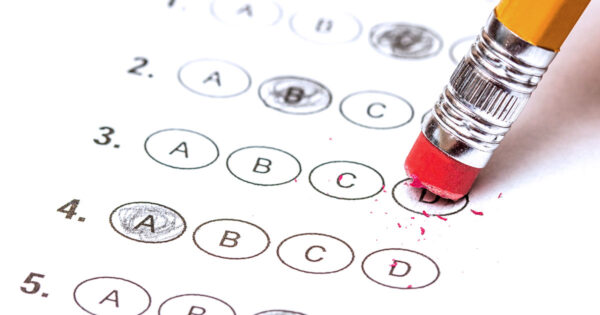
Product Information
Copyright: 2017
Format: PDF
Pages: 16
Publisher: WestEd
An assessment system must provide decision-makers at all levels with sound information on which they can base their decisions in support of learning for all students. A comprehensive system includes different types of assessment tools and processes, used for different purposes at different levels of the system: national, state, district, school, and classroom.
This paper, written by WestEd’s Deb Sigman and Marie Mancuso, conceptualizes what a comprehensive system that is balanced and aligned might comprise. It also identifies what actions states, districts, and schools can take to create a comprehensive assessment system.
Organized into four sections, the paper:
- Describes the federal response to recent testing concerns
- Details the purposes and characteristics of a comprehensive assessment system
- Outlines concrete steps that policymakers and stakeholders might consider in developing a comprehensive assessment system
- Provides examples from three state education agencies engaged in creating a comprehensive assessment system
The paper also provides a list of online assessment resources.



